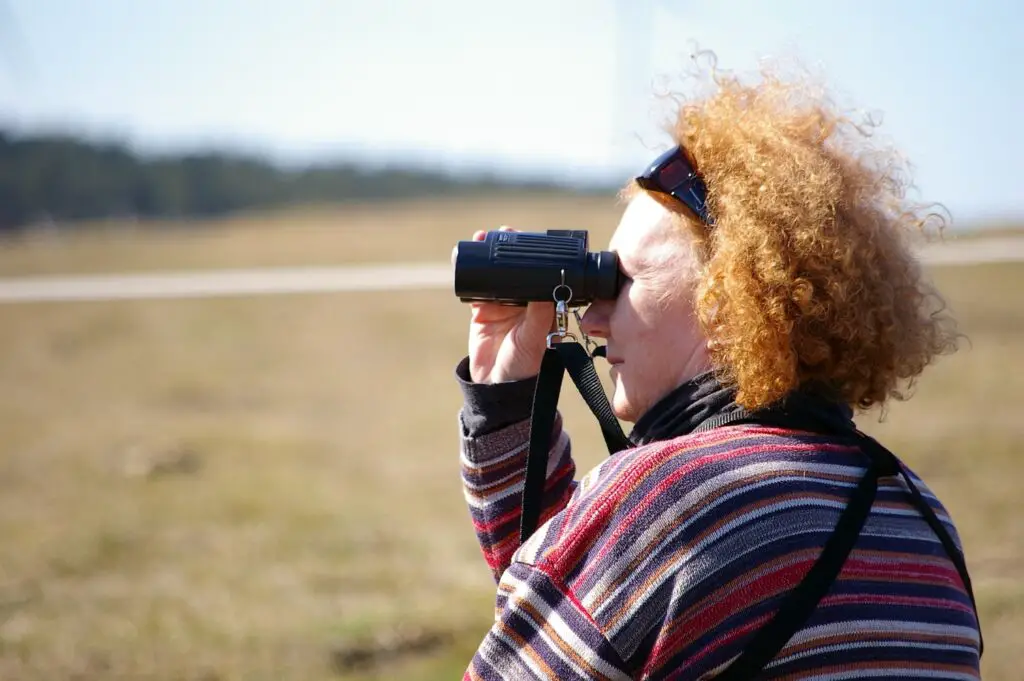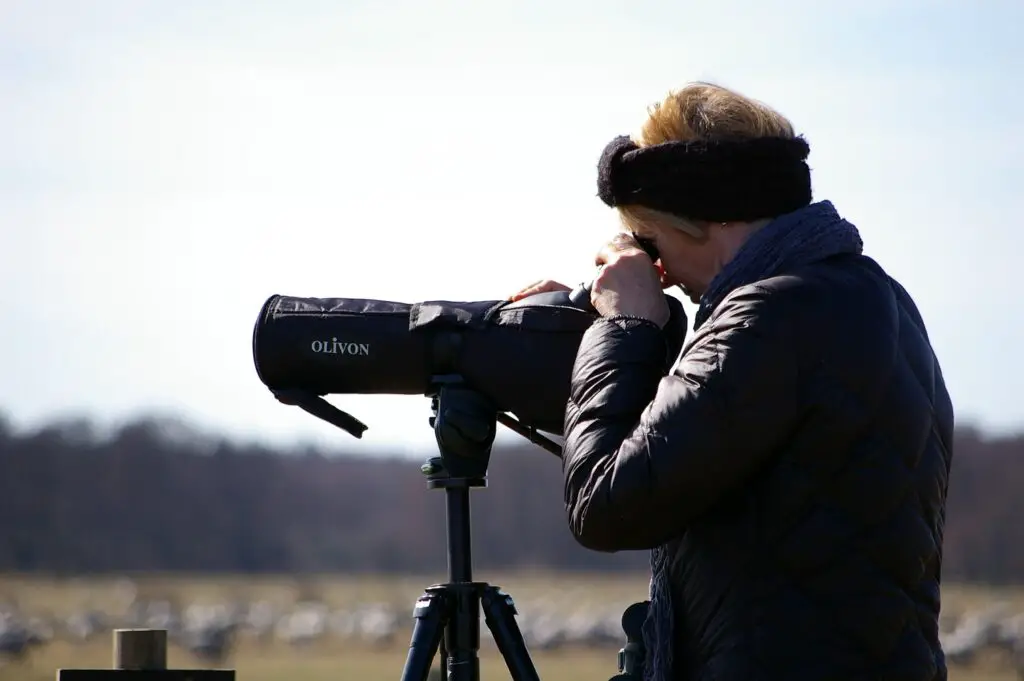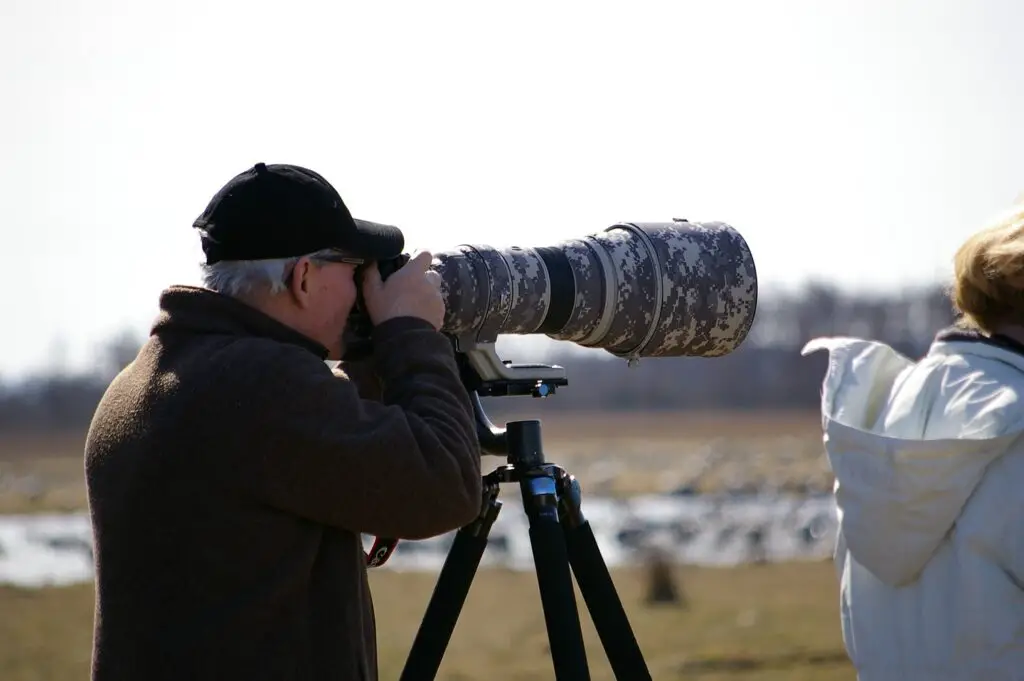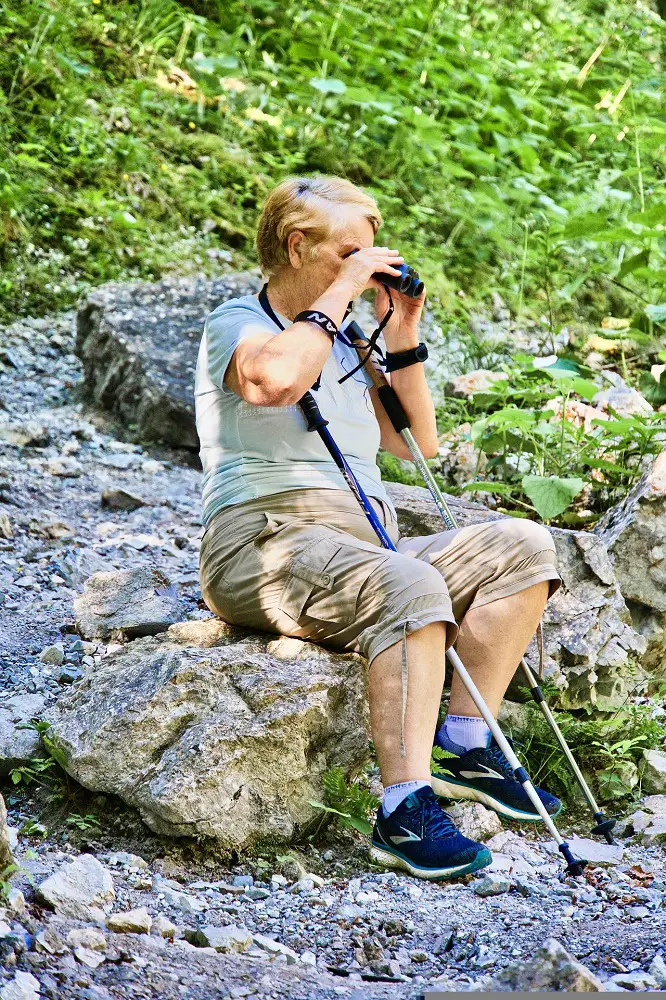Colors Not To Wear When Birding | 6 Important Tips for BirdWatchers
Birds are very visual and certain colors affect them in different ways. If you’ve been birding and not spotted many birds, the reason could be all about what you are wearing. This blog discusses colors not to wear when birding.
Does your outfit matter when birding?

Absolutely your outfit matters when birding. The brand may not matter, but the color of what you wear has a big impact on the surrounding birds. For example, white is a color to avoid as birds find white to signal aggression and danger.
When choosing clothing to go birding in, choose soft colors and neutrals, such as light browns and greens. Avoid brightly colored clothing. In nature, bright colors mean danger. Yellowjackets are black and yellow, black widow spiders are glossy black with a red hourglass. Hover flies, which are black and yellow have no defenses but they mimic yellowjackets because everyone knows not to mess with yellow jackets. That is an example of how powerful color is in nature. Another bright color to avoid is red, which seems to be the universal color for danger, even in bird populations.
Soft browns and greens are always a winning color palette for birding. The benefit of wearing softer tones, means that as a birder you can often get much closer to birds. When you wear bright colors or white, you agitate birds, and they fly off to safety.
Should birdwatchers wear black?

Black, gray, dark green, and darker browns are all colors that birds seek. These are a few of the colors that make up shaded places and are associated with safety.
In addition, dark blues and purples are also colors that birds seem to like. That information is important because the color and tone of birdhouses and feeders around your home matters. You can attract more birds to feeders by paying attention to how colors affect birds. The color of birdhouses and bird feeders are two examples of how color can impact the number of birds seen while not out hiking.
Is it okay for birders to wear white?
White is a color that you should avoid when birding. Birds associate the color white and many other lighter tones with aggression. If you are the source of the aggression, then birds will fly away to find safety. If your goal as a birder is to get closer to birds in nature, white is not a color that will help you.
A good tip when going birding is to channel your inner nest sitting bird. The females of many species have colors that are very muted. They want to blend into their environment because that means there is less chance their nest is spotted by predators. When you choose clothing for birdwatching, choose muted colors that blend in with the surrounding colors.
Are birds frightened by bright colors?
Many bright colors attract birds. However, bird eyes see UV which can make brighter tones seem white to birds. White is a color that birds associate with danger and aggression.
Bright colors are also known as warning colors throughout the natural world. While there are brightly colored birds, when they display aggression they use those bright colors to look larger and more menacing. It is also important to know that the visual spectrum that birds see is much larger than those colors captured by the human eye.
Can I wear camo while birding?

Yes, you can wear camo while birding. Most camo-tone clothing is made up of neutrals, soft greens and browns. Those are all colors that help you the birder blend in with nature, and that is a big plus for birders. Being part of nature rather than standing out means that you can get closer to birds for better photographs, to spot key details, and sometimes even nesting behaviors.
What do bird watchers wear?

Experienced bird watchers wear colors that help them blend into the environment where they will find birds. For the most part, neutral tones and muted colors are a good goal for clothing colors.
If you are hiking in dappled shade, you want to dress in light yellows, greens, and browns. If you are hiking in the desert, you want to dress in muted reds, grays, and browns. If you are hiking in oak savannah in summer, you will want more golden browns, sage greens, and light gray tones.
All of these examples lead to the fact that you want to blend into your environment as much as possible. You want to avoid bright colors, which make you stand out and cause birds to become concerned.
Seasonality is going to cause the color palette around you to change, and you will need to make note of those changes. In early spring in oak savannah you may encounter purples and blues from lupine and Brodiaea.
A good rule to follow for birders is to become one with your environment.
Are you wondering on how to jumpstart your birding adventure? Know the basics and find the answers to most important birdwatching FAQs!
